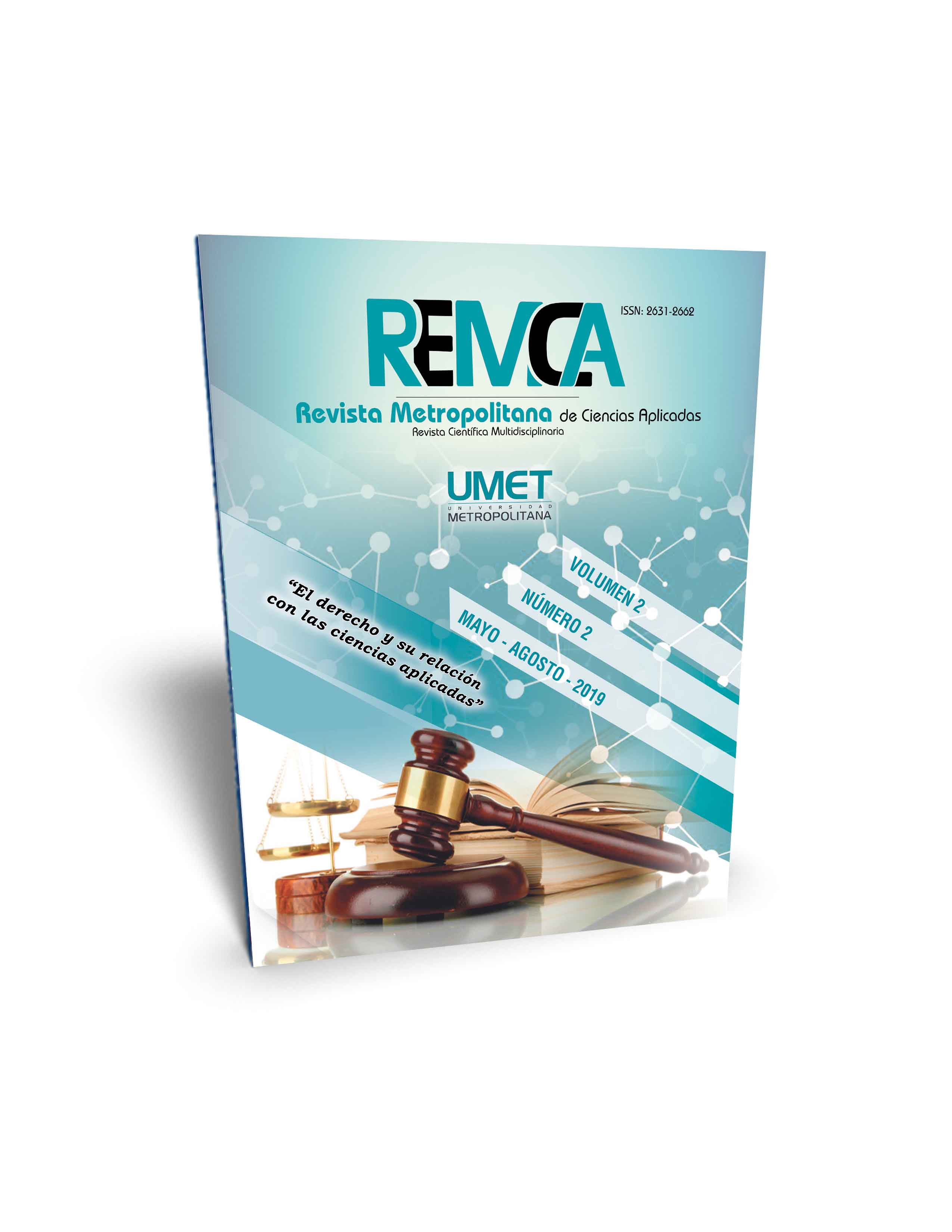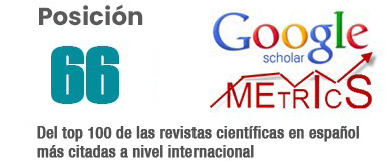A look at the occupational demand of the Accounting and Audit career of the distance Education Unit of the Universidad Nacional de Loja
DOI:
https://doi.org/10.62452/y461wk48Keywords:
Economic sectors, unsatisfied demand, coherence, career design, relevanceAbstract
The occupational demand, sustains the pertinence of the career, identifying the professional competences that the graduates have acquired, contributing in an effective way to solve the economic - financial problems mentioned by the 384 Ecuadorian businessmen surveyed. The research uses inductive, deductive and analytical methods; describing and explaining the socio-educational phenomena to be solved; the results consider the needs required by the employers of Ecuador, and the estimated calculation of the unmet demand that will be covered, finding a need for coverage of 200 places per academic cycle, which the university will cover through its modality of distance education, articulating the design of the career with the objectives of the National Plan All Life and the Development Regime of Ecuador, safeguarding the coherence with the guidelines on higher education dictated by the Council of Higher Education (CES).
Downloads
References
Larrea, E. (2014). El Currículo de la Educación Superior desde la Complejidad Sistémica. Quito: CES.
Márquez Manzano, M., Sandoval Machuca, J., Torres Andrade, M. C., & Pavié Coronado, S. (2010). Estudio de caso de la coherencia interna de programas de asignaturas en seis carreras que promueven competencias de la Universidad Austral de Chile. Estudios pedagógicos, 36(2). Recuperado de https://scielo.conicyt.cl/scielo.php?script=sci_arttext&pid=S0718-07052010000200007.
Valencia, W. A. (2011). La demanda insatisfecha en los proyectos. Industrial Data, 14(2), 67-72. Recuperado de https://www.redalyc.org/service/redalyc/downloadPdf/816/81622585009/1
Downloads
Published
Issue
Section
License
Copyright (c) 2019 Whinzon Patricio Cuenca Herrera, Amparito del Rosario Zhapa Ama, Lucia Armijos Tandazo, Jimena Elizabeth Benítez Chiriboga, José Luis Ríos Zaruma (Autor/a)

This work is licensed under a Creative Commons Attribution-NonCommercial-ShareAlike 4.0 International License.
Authors who publish in Revista Metropolitana de Ciencias Aplicadas (REMCA), agree to the following terms:
1. Copyright
Authors retain unrestricted copyright to their work. Authors grant the journal the right of first publication. To this end, they assign the journal non-exclusive exploitation rights (reproduction, distribution, public communication, and transformation). Authors may enter into additional agreements for the non-exclusive distribution of the version of the work published in the journal, provided that acknowledgment of its initial publication in this journal is given.
© The authors.
2. License
The articles are published in the journal under the Creative Commons Attribution-NonCommercial-ShareAlike 4.0 International License (CC BY-NC-SA 4.0). The terms can be found at: https://creativecommons.org/licenses/by-nc-sa/4.0/deed.en
This license allows:
- Sharing: Copying and redistributing the material in any medium or format.
- Adapting: Remixing, transforming, and building upon the material.
Under the following terms:
- Attribution: You must give appropriate credit, provide a link to the license, and indicate if any changes were made. You may do this in any reasonable manner, but not in any way that suggests the licensor endorses or sponsors your use.
- NonCommercial: You may not use the material for commercial purposes.
- ShareAlike: If you remix, transform, or build upon the material, you must distribute your creation under the same license as the original work.
There are no additional restrictions. You may not apply legal terms or technological measures that legally restrict others from doing anything the license permits.




